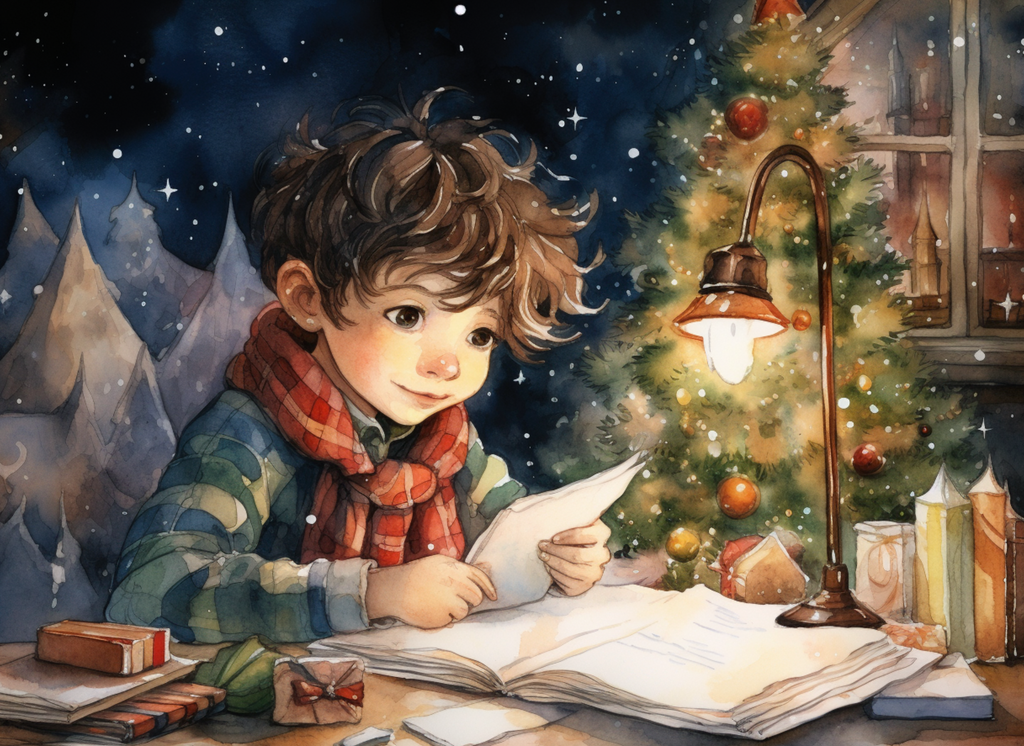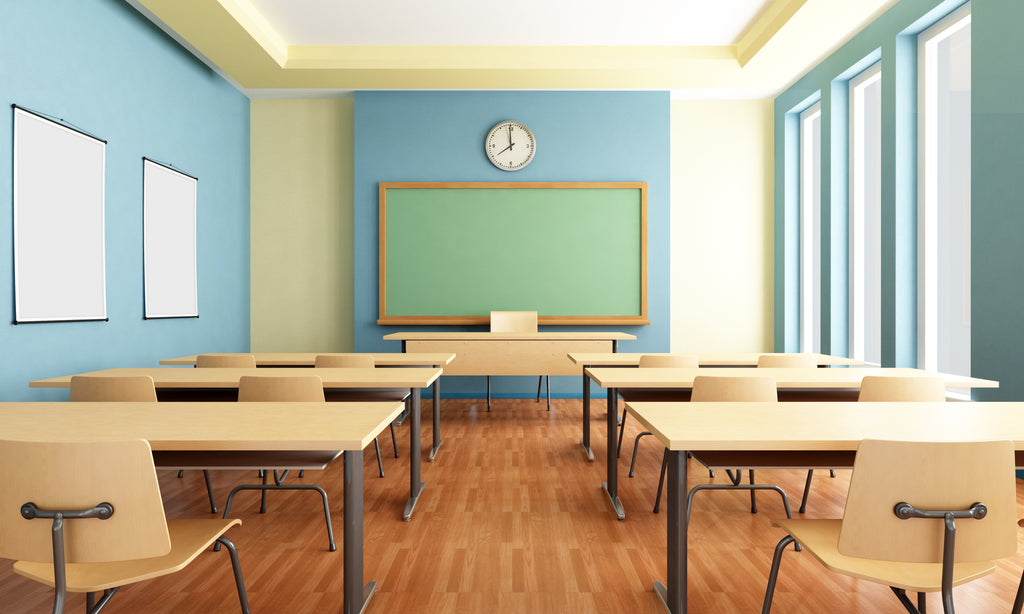Tax included. Shipping calculated at checkout.
News

8 Fun Ways to Practice the Parts of Speech with Kids
Nov 26, 2023
Practicing parts of speech can be both enjoyable and educational for Grade 3 students. Here are some fun activities that align with the Common Core Standards: Parts of Speech Bingo: Create bingo cards with different parts of speech (nouns, verbs, adjectives, etc.). Call out definitions or examples, and students cover the corresponding part of speech on their cards. This is a fun way to reinforce...

Student-Centered Seating Layouts: The Key to Creating a Community in the Classroom
Aug 21, 2023
As the back-to-school season approaches, we know that setting up your classroom can be both thrilling and a tad overwhelming. But fear not, because we're here to help you make it a breeze! Back-to-School Classroom Setup Tips Plan with Purpose: Take a moment to visualize how you want your classroom to look and feel. What atmosphere do you want to create? Having a clear vision...

Back to School BOOM Giveaway
Aug 12, 2023
To show how much we appreciate teachers like you, we are having a SPECIAL BACK TO SCHOOL GIVEAWAY. Four lucky winners will receive a BOOM Learning gift card. Enter to Win: 3 Winners will receive a $20 Boom Gift Card 1 Winner will receive a $25 Boom Gift Card You must 18 years of age to enter. No purchase necessary to enter. Winner must provide proof of being...
